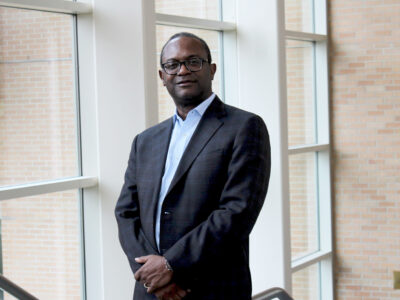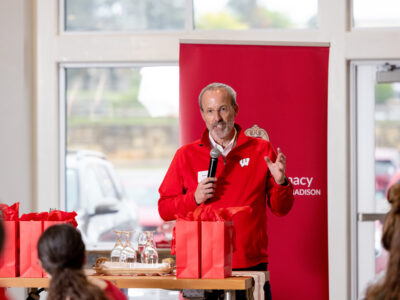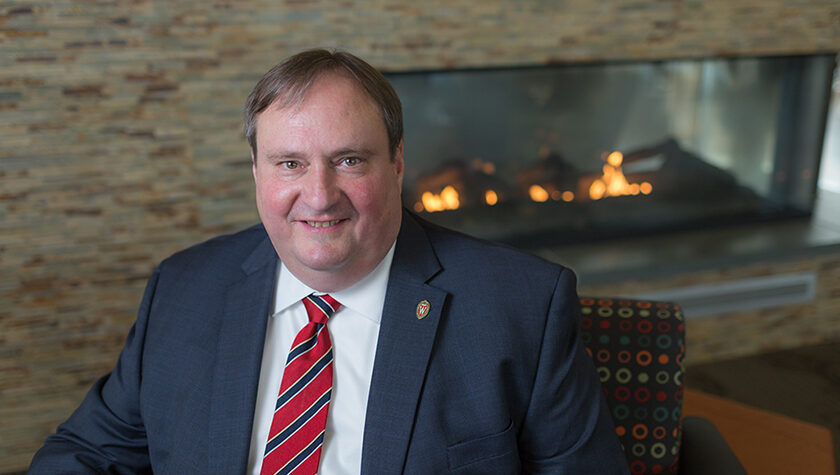
7
December

One of my early childhood memories was hurrying into Blann Pharmacy in Kenilworth, Ill., to get something to treat a rash that had mysteriously appeared on my hand. As I wandered the isles of medicines at Blann’s, the pharmacist — tall and imposing in a crisp white coat — came out from behind the counter and asked me, very kindly, how he could help. With trepidation, I presented my rash, which he examined carefully. After a few words of reassurance, he disappeared into the back of the pharmacy and returned with a small jar of lanolin with instructions on its proper use.
Of all the years of my childhood, why do I remember this brief interaction with a pharmacist over half a century later? It was the way he made me feel. I walked into the pharmacy frightened and confused but left assured and relieved. This mission of the pharmacist, to help people get and stay well, was — and remains — one of the most important of any profession. It attracts some of our brightest and most talented young people to pursue pharmacy as a career. The pay remains excellent and Gallup polls regularly rank pharmacists among the most trusted professionals. However, the business of pharmacy has changed dramatically in recent years.
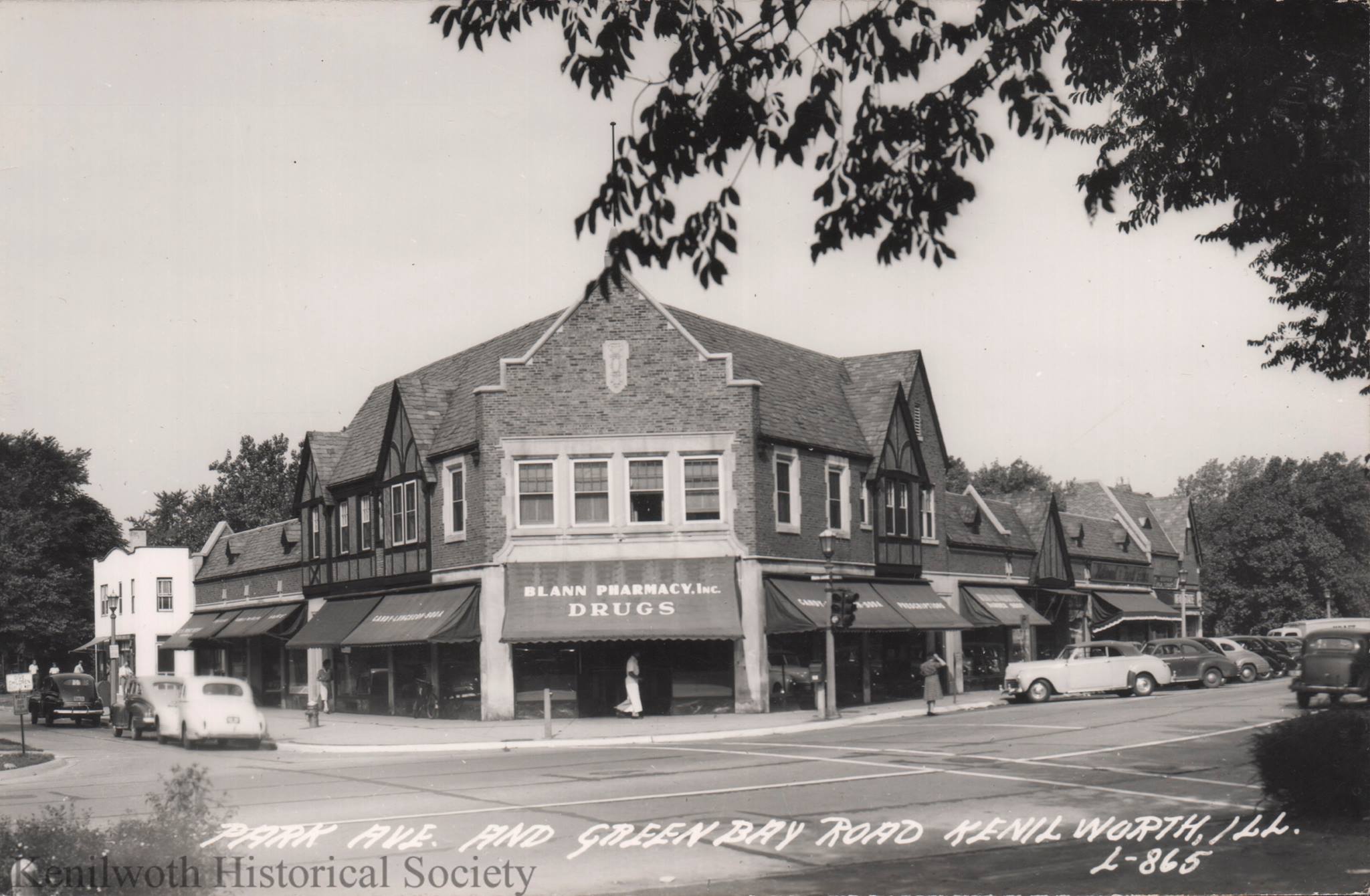
In the past, pharmacists often owned their pharmacies. When I was a boy, Blann’s was owned by Bob Stensby, who did his pre-pharmacy studies here at the University of Wisconsin. He purchased Blann’s a few years after graduating from pharmacy school and ran it for nearly 30 years. The pharmacy was housed in a beautiful brick Tudor style building built in the mid-1920s located on the main corner in town. It was a hub for the community where, in addition to medications, customers could have lunch at the counter, a Green River at the soda fountain, purchase all sorts of household items, and chat with their neighbors. These independent institutions and the pharmacists who owned them were an inspiration to generations of young people to pursue pharmacy as a profession.
Due to more recent market forces, however, independent community pharmacies like Blann’s are disappearing. According to a recent McKinsey & Co. report, the number of independent pharmacies has decreased by nearly 50 percent since 1980. Vertical integration, skyrocketing opaque DIR fees, and thin profit margins are forcing independent community pharmacies out of business.
Major retailers like CVS and Walgreens are also experiencing serious problems. Pharmacists at these chains have staged walkouts this fall across the country. Since pharmacists are generally not unionized, the walkouts could not have the same effect as, say, the United Auto Workers strike has had in advancing change at the Big Three auto makers. Nevertheless, these walkouts received broad publicity in national media. Pharmacists walked off the job not because of concerns about wages or benefits, but workload and working conditions. They expressed concerns that the metrics that they are required to meet for daily prescriptions and immunizations with low staffing levels compromise patient safety. Too great a workload prevents pharmacists from being able to fulfill their oath to “…apply my knowledge, experience, and skills to the best of my ability to assure optimal outcomes for all patients.” They fear that errors they may make when rushed can have deleterious effects on their patients’ health.
In short, pharmacists are concerned with the current state of pharmacy as a profession. Community pharmacists worry about the economic viability of their businesses, and retail pharmacists are anxious about the effects that their workload may have on patient safety. Needless to say, pharmacists today are not able to recommend pharmacy as a profession to bright young people as enthusiastically as they have in the past. In my opinion, this is the main reason we have seen a dramatic decline in applications to pharmacy schools nationwide.
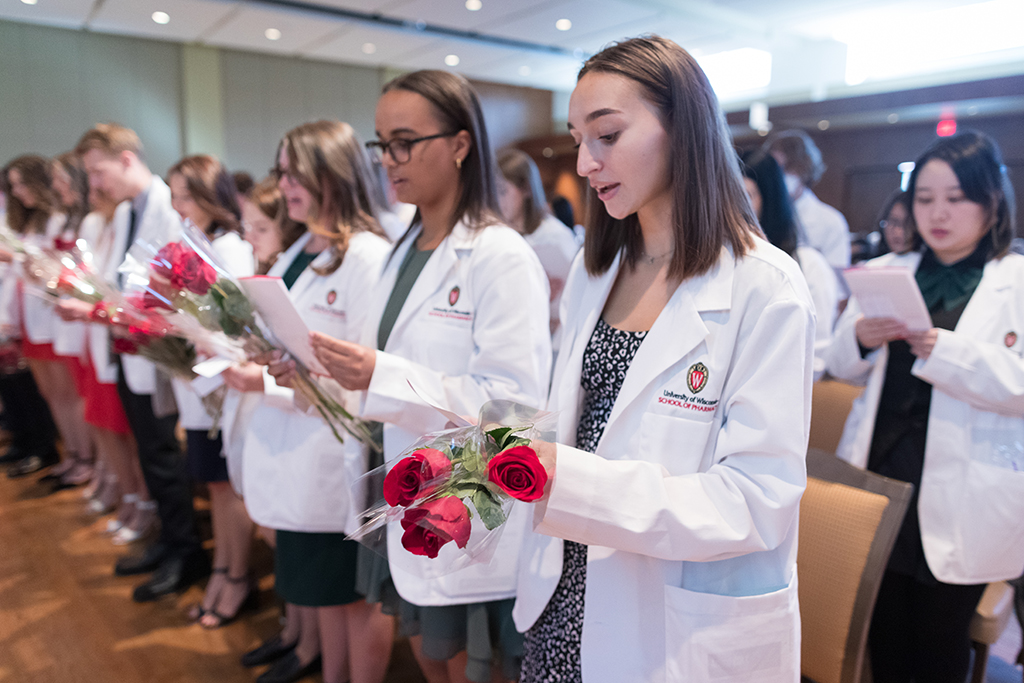
The good news is that significant change may be coming. Last September, the Osterhaus Pharmacy of Maquoketa, IA, a venerable community pharmacy many of us know, filed a class action lawsuit against the vertically integrated CVS Health/Caremark/Aetna for assessing pharmacy DIR fees in violation of federal antitrust laws and state laws governing contracts. The lawsuit also challenges Caremark’s agreements to arbitrate claims as being unfair and unenforceable. In December 2023, CMS published an open letter to PBMs and payers expressing concerns about their practices “…that threaten the sustainability of many pharmacies, impede access to care, and put increased burden on health care providers.” Furthermore, legislation addressing PBM reform is being debated in Washington, D.C. and in state houses across the country, including Wisconsin. Our Pharmacy Society of Wisconsin is working effectively to advocate to the legislature on our behalf. These changes, if enacted, will significantly improve the business of pharmacy and the working conditions for pharmacists, which will re-vitalize students’ interest in pharmacy as a profession and reverse the national downward trend of pharmacy school applicants.
According to the 2022-2023 PharmCAS Applicant Data Report, the number of applicants to pharmacy school has dropped over 36% in the past decade. Sequelae of fewer applicants are fewer matriculants and fewer graduates. Residencies nationwide, including ours at UW Health, are receiving fewer applications to PGY1 and PGY2 programs. We have also seen a decline in applications to our School of Pharmacy. To address this important issue, we have completely overhauled our recruitment and admissions efforts including the development of a PharmD recruitment, outreach, and admissions strategic plan. Major elements of the plan include optimizing our recruitment infrastructure, increasing the efficiency of our application and admissions process, and a plan to assess how well these changes are working to increase enrollment. A primary focus of this plan is to increase the number of Wisconsin students applying to our School. For example, we have recently announced an early assurance program where outstanding college freshman at any of the Universities of Wisconsin can reserve a seat in pharmacy school if they meet certain program requirements. We have just launched the Pharmacy Forward campaign to raise money for admissions scholarships to help us compete for the best and brightest students from Wisconsin and beyond.
We have called on our alumni and friends to support our efforts and their response has been robust and heartening. Let us know if you can help us recruit students to the UW–Madison School of Pharmacy. Perhaps you would like to contribute to our Pharmacy Forward campaign. We greatly appreciate any support you can provide.
Pharmacists have a meaningful mission, are critical contributors to healthcare, and are trusted professionals. Furthermore, the PharmD degree opens the door to a tremendous number and variety of attractive career options. For these and many other reasons, we believe that, with your support, the current slump in interest in pharmacy will be temporary and within a few years or so, more of the best and brightest students will compete to join the ranks of pharmacy.
On, Wisconsin!
Steve


